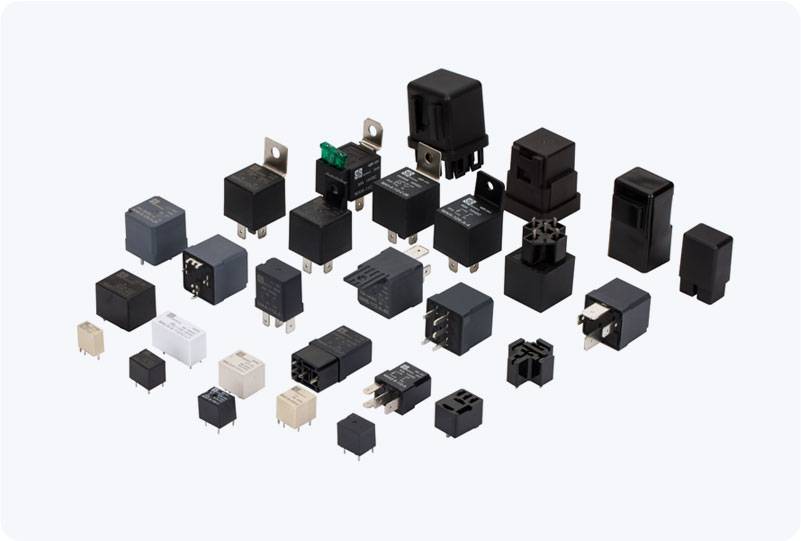In recent years, the rapid development of new energy vehicles (NEVs) has revolutionized the automotive industry. As part of this evolution, the complexity and importance of high-voltage electrical systems have increased significantly. One critical component that ensures the safe and reliable operation of these systems is the High Voltage DC Relay. These relays play a pivotal role in managing the high-voltage direct current (DC) circuits that power electric vehicles (EVs) and hybrid electric vehicles (HEVs). In this article, we will explore the significance of High Voltage DC Relays in new energy vehicles, their features, and their future development.

What is a High Voltage DC Relay? A High Voltage DC Relay is an electromechanical or solid-state switch used to control the flow of high-voltage DC power in electric and hybrid vehicles. In an electric vehicle, the high-voltage battery system typically operates between 300V and 800V. These high voltages are required to drive the electric motor and power other essential systems like heating, air conditioning, and lighting. The relay controls the high-voltage circuits by opening and closing contacts, enabling or interrupting the power supply to various components in the vehicle. Key Features of High Voltage DC Relays